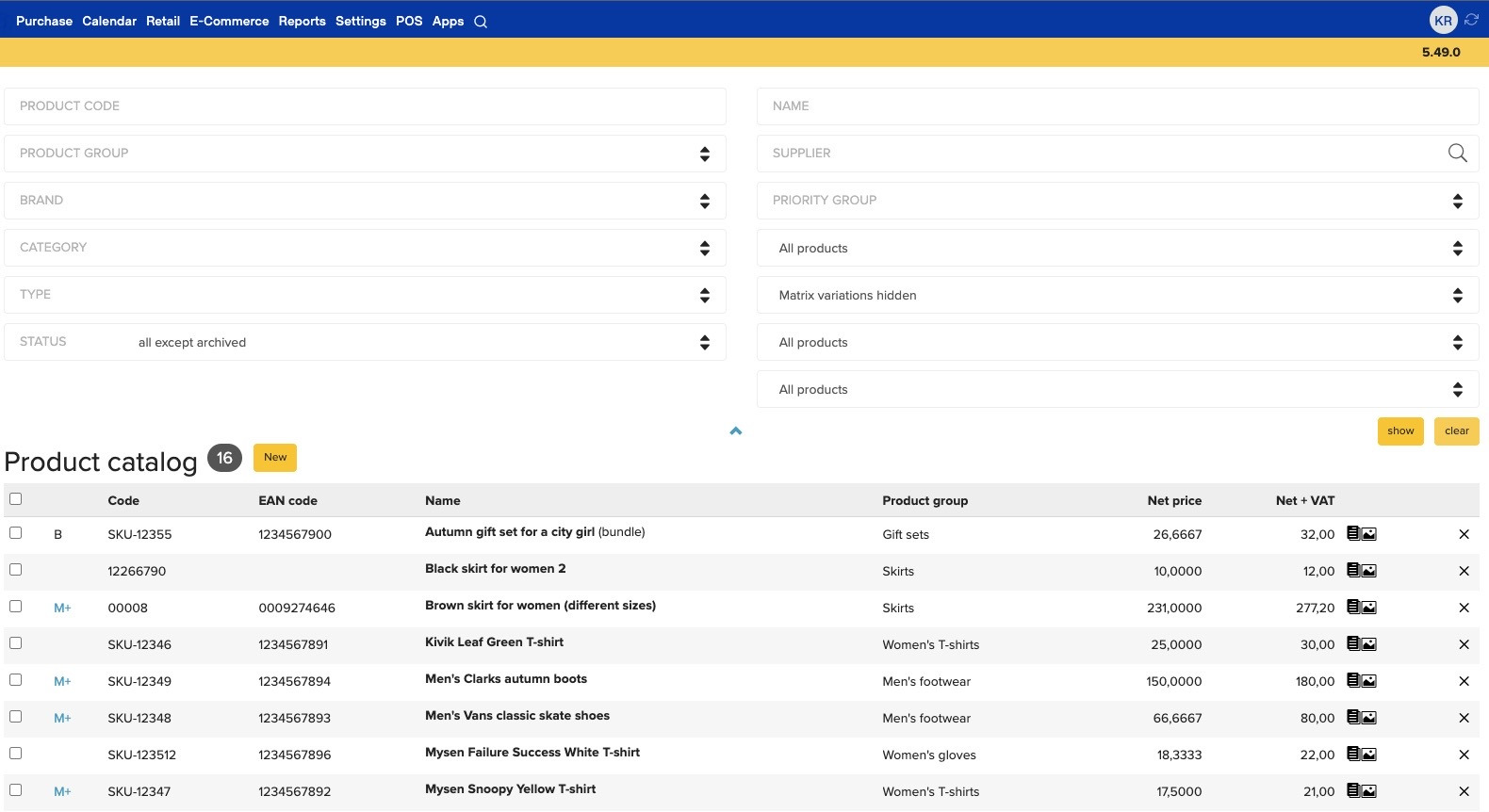The checkout queue was taking forever that day in a South Florida grocery store. David R. Humble, president of an electronics company, was among those in the long queue. The service clerk scanning goods in slow motion only intensified the experience. At least, this was probably how it seemed to the man standing in front of Humble, who lost his cool, grabbed the scanner from the clerk and began scanning the items himself.
This got Humble thinking – why couldn’t the customers scan their own items, thus eliminating all queues?
This is how the self-service checkout was born in the 1980s. David R. Humble convinced the top-level management of his company, developed the first prototype and became the president of CheckRobot in 1984. According to NewsOK, developing a working self-service checkout took three years and five million dollars. The first self-service checkout machines then called automated checkout machines or ACM, were set up in a Kroger store in Atlanta in July 1986. One of the hottest innovations in retail had been born.
A Challenge to Engineers
The engineers tasked with creating the first self-service checkout faced a tremendous challenge. The first CheckRobot machine looked like a huge box with a conveyor belt, not too dissimilar from an airport luggage scanner.
Scanning the items was simple enough, but the machine also had to detect loose items that have to be weighed and fraud at the checkout. The device had to detect when a customer attempted to bag a bottle of expensive wine instead of the scanned bananas.
CheckRobot opted for a solution that used lasers to determine the measurements of the scanned item. If these matched the measurements in the database, the conveyor belt would move forward. If not, the belt would stop and reverse, and the entire process had to be repeated. One can only imagine how time-consuming this must have been and how frustrated the buyers felt.
CheckRobot’s competitors, including the current market leader, NCR, opted for a different solution – checking the weight of the scanned items. In essence, the customer had to place the scanned items on a packing area that was also a scale. The weight of the purchase had to match the data in the database. If the machine detected a discrepancy or the scanned item was not placed on the packing area, the system notified the store’s staff.
What is a Self-Service Checkout?
A self-service checkout, i.e. self-scanning, i.e. self-checkout is an automated system that allows a customer to scan, pack and pay for the items they’ve selected without requiring the help of a service clerk. Instead, the buyer uses a touch-screen to communicate with a computer.
When the payment is made (cash or card, depending on the system), the self-checkout will deactivate the goods’ security codes and the buyer can exit the store without triggering the alarm. In essence, you can enter, browse and exit the store without having to communicate with anybody.
Self-service trade was actually nothing new when it appeared in the 1980s. After all, it was relatively common to buy soda, cigarettes, and sweets from a vending machine. Supposedly it was engineer Heron who set up the first vending machine in his hometown Alexandria in Ancient Greece in the first century AD. His vending machine dispensed holy water in exchange for a coin.
Tobacco vending machines made from brass appeared in British taverns in the 1600s.
Contemporary vending machines began popping up on both sides of the Atlantic in the 1880s. People quickly adopted the innovation and soon vending machines could be used to buy anything from cigarettes to postcards. The most common lunch option in Philadelphia in 1902 was mac and cheese and boiled beans, as those were the dishes available in the first food vending machine in the area.
However, customers were more reluctant to adopt the changes in actual shops. When Tennessee shopkeeper Clarence Saunders opened his first shop where people could personally pick up goods from the shelves and put them in a basket in 1916, he was met with ridicule and reproval. People preferred to hand a shopping list to the shopkeeper and wait while the items were assembled for them. Although Saunders managed to quickly grow his self-service store chain, it took decades before self-service stores became the accepted mainstream in retail.






